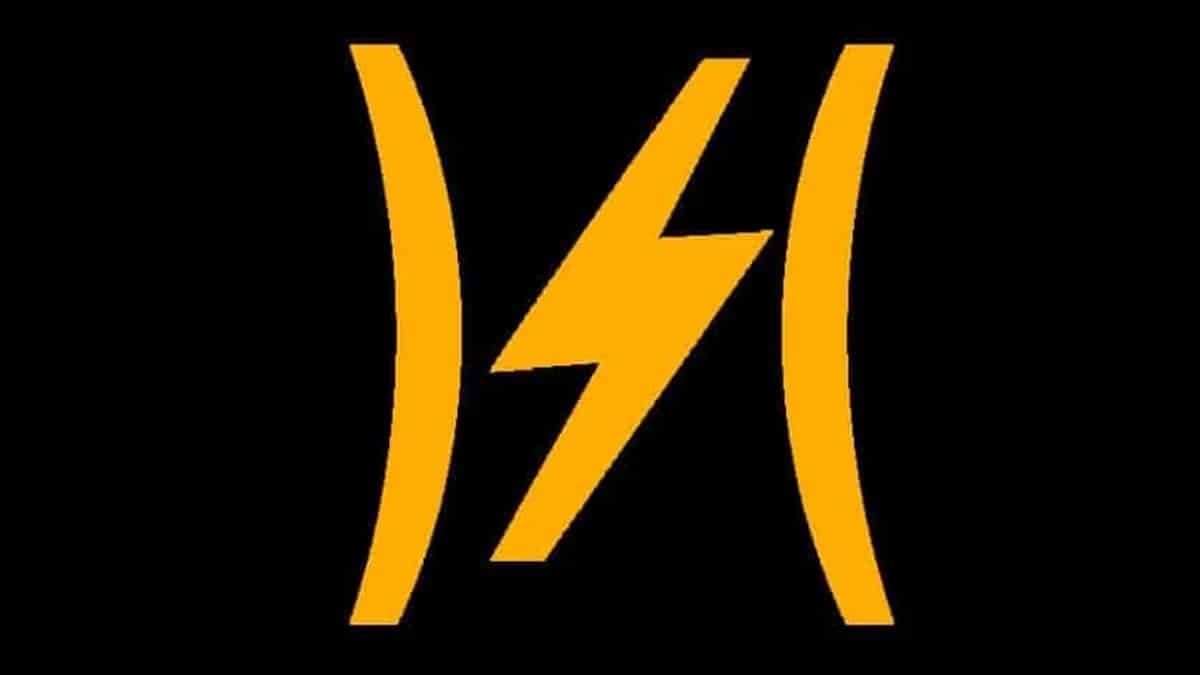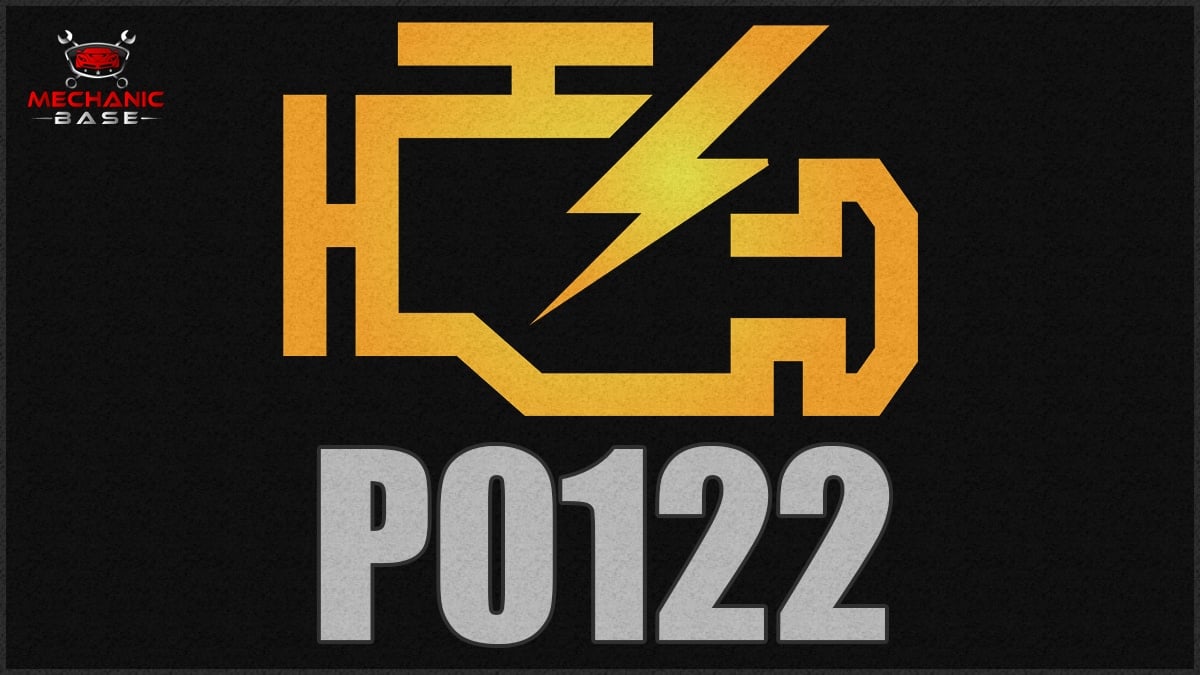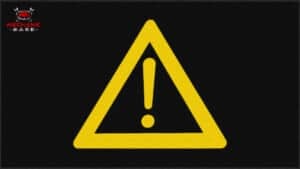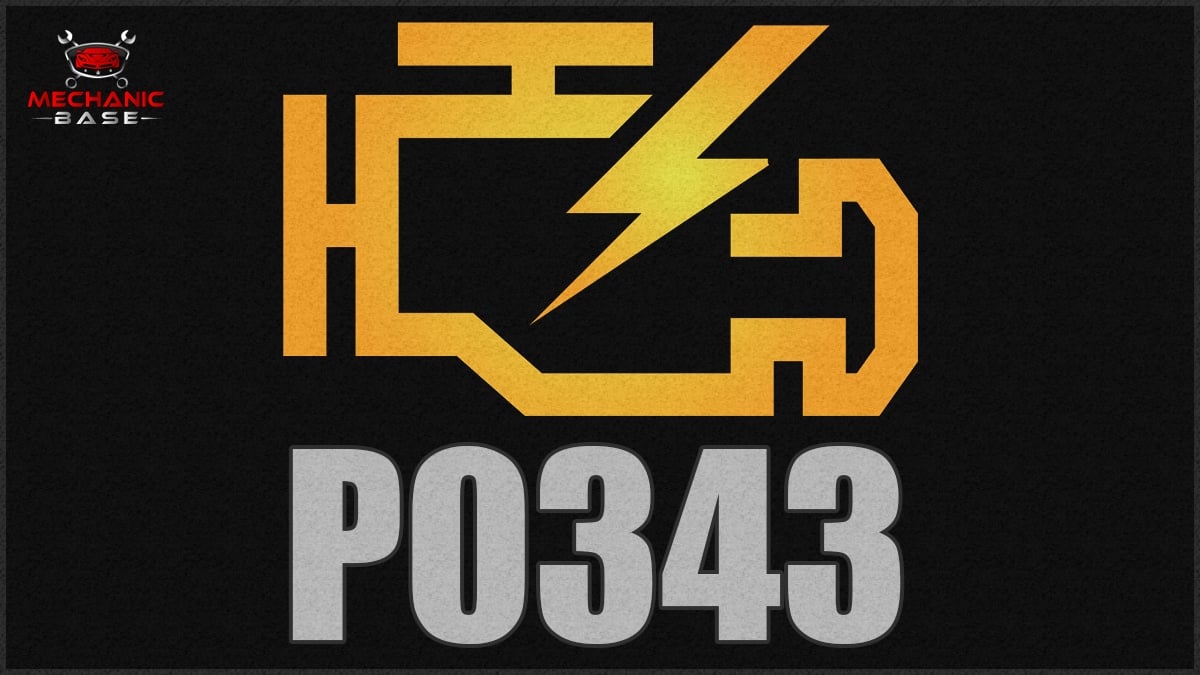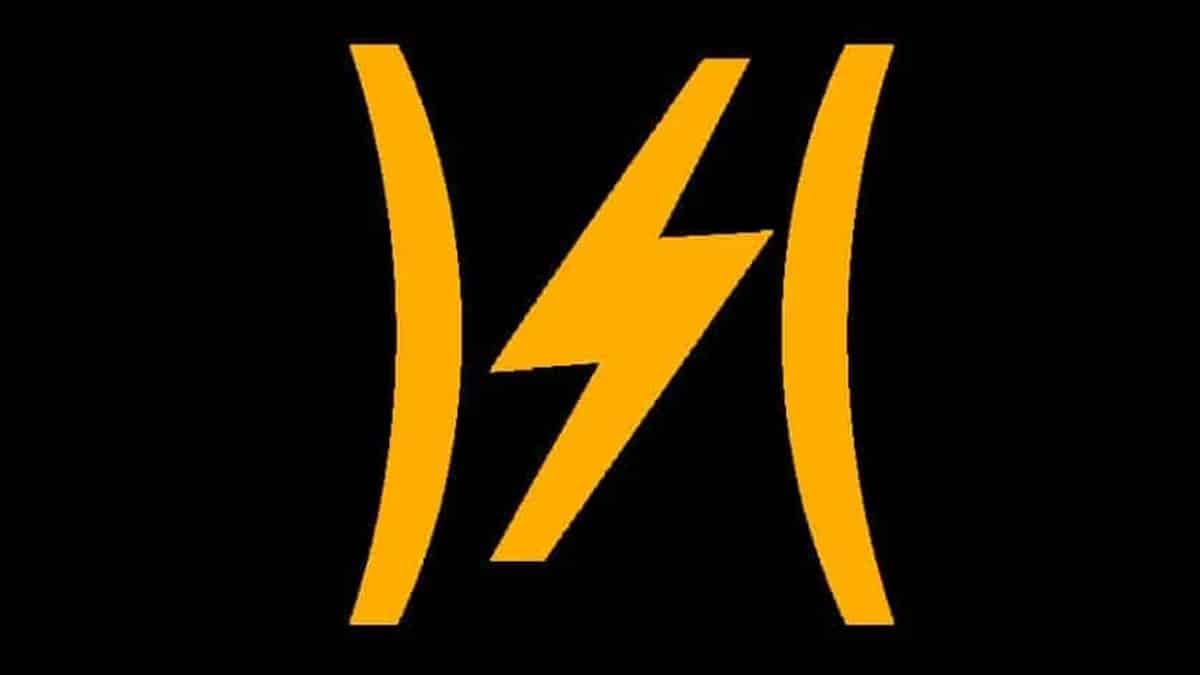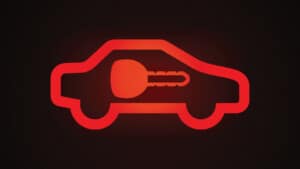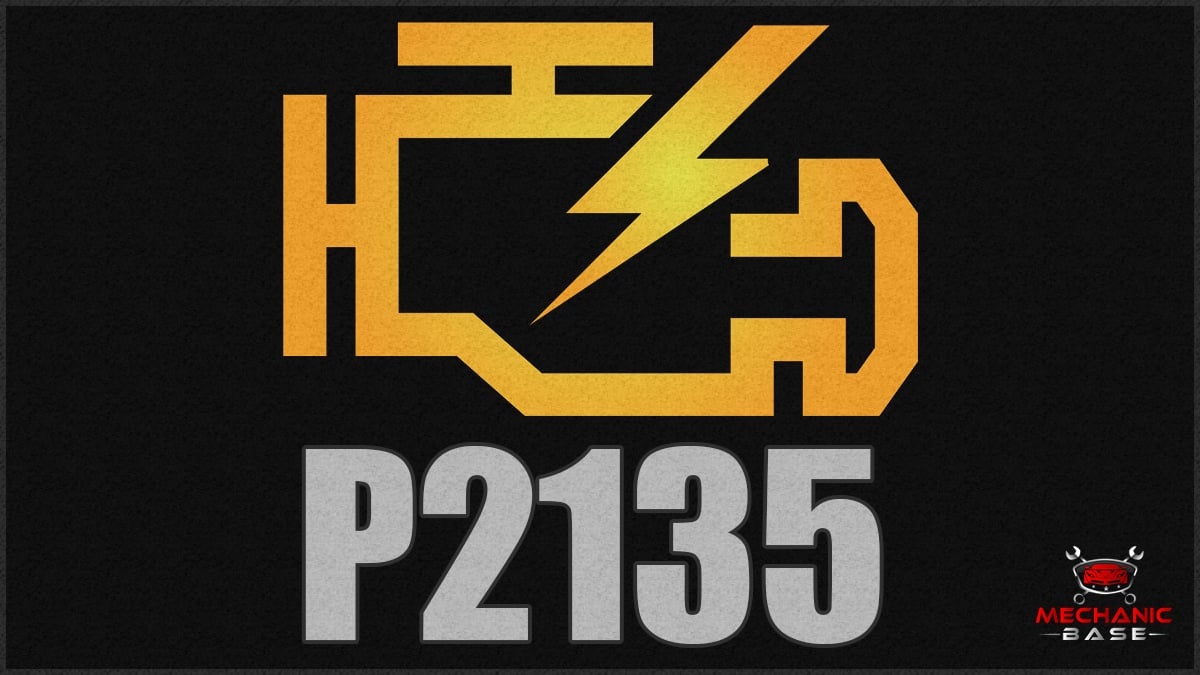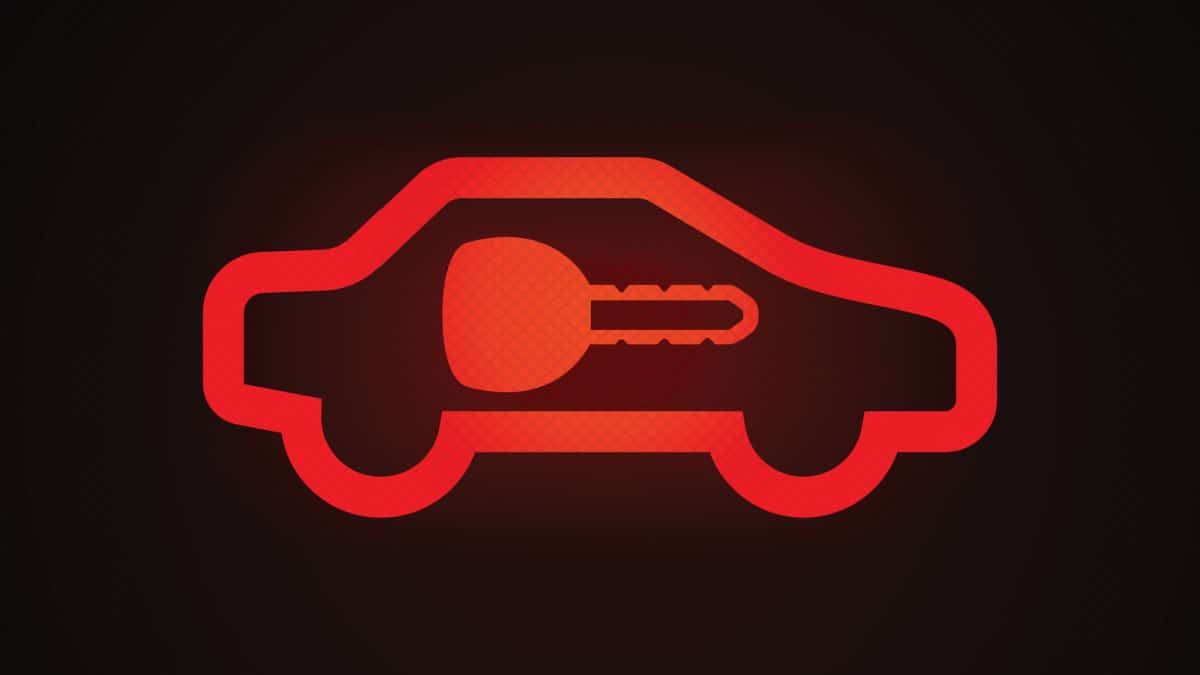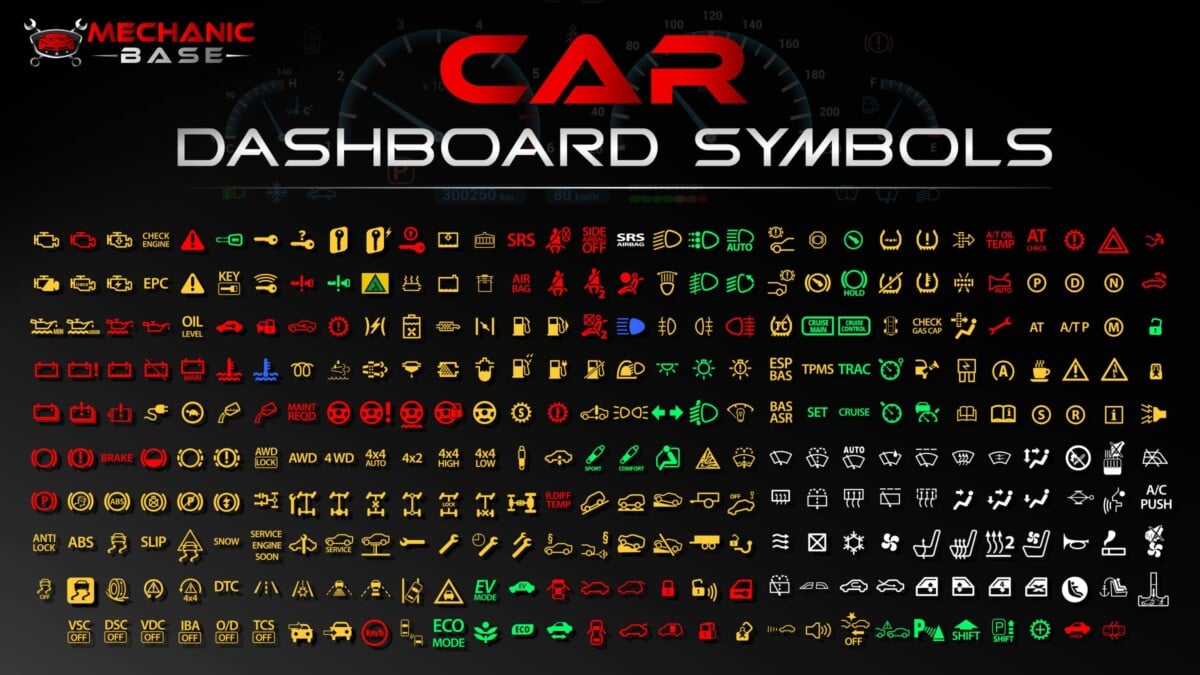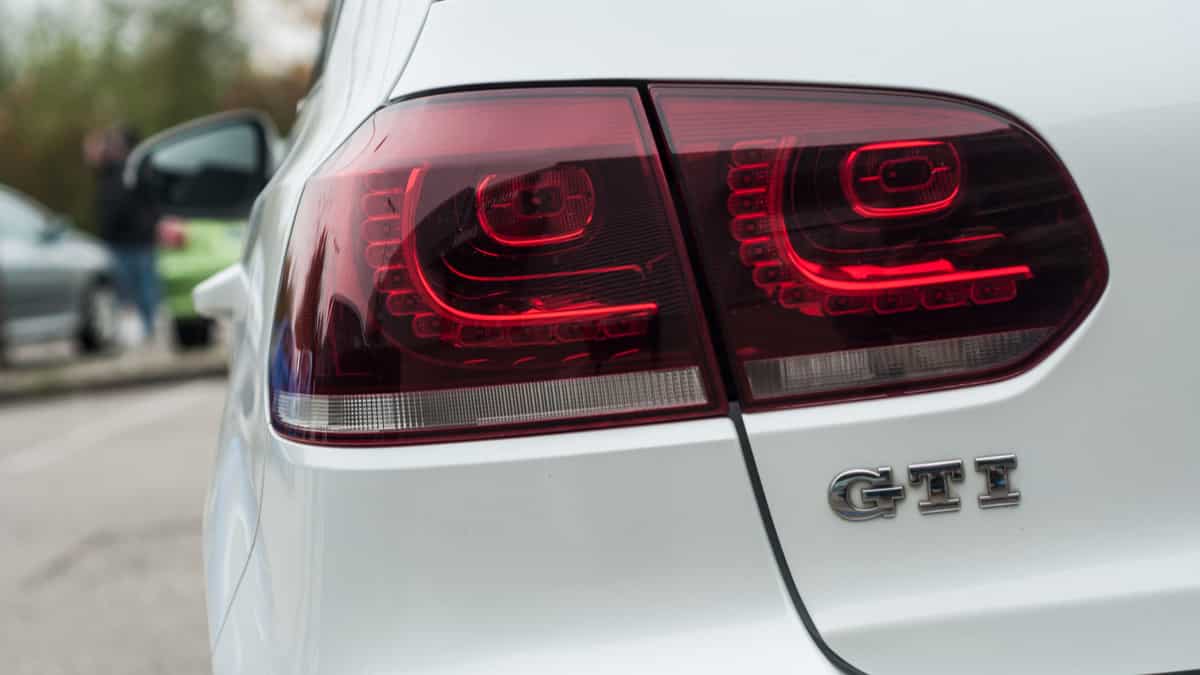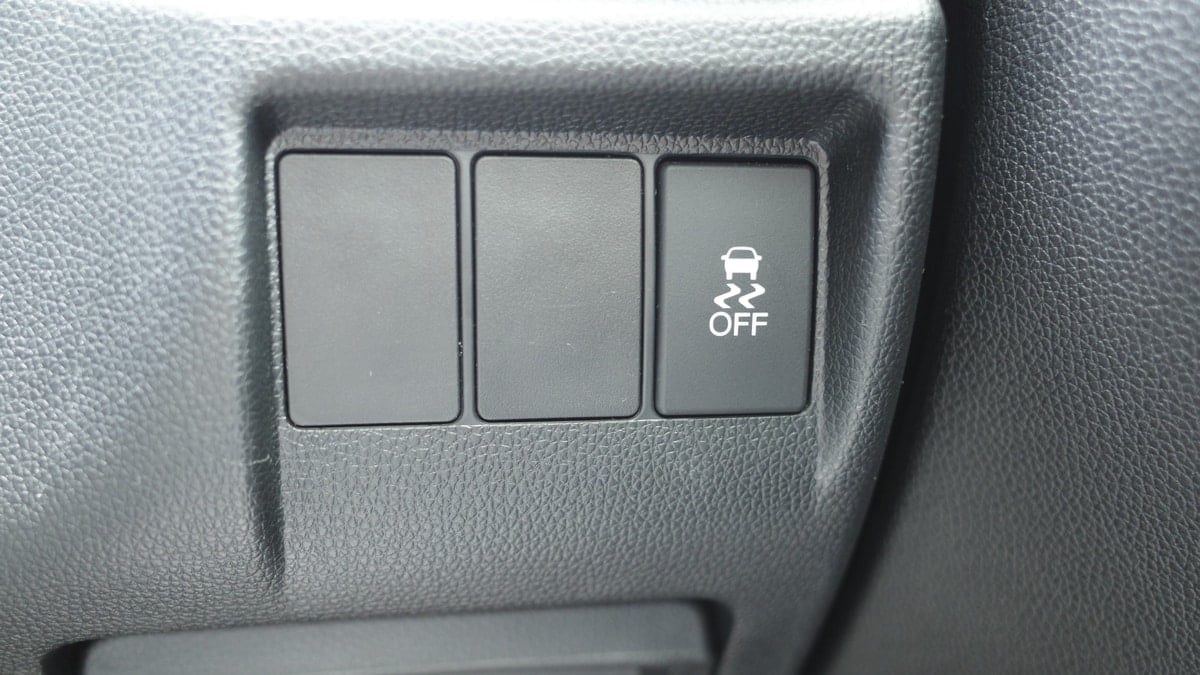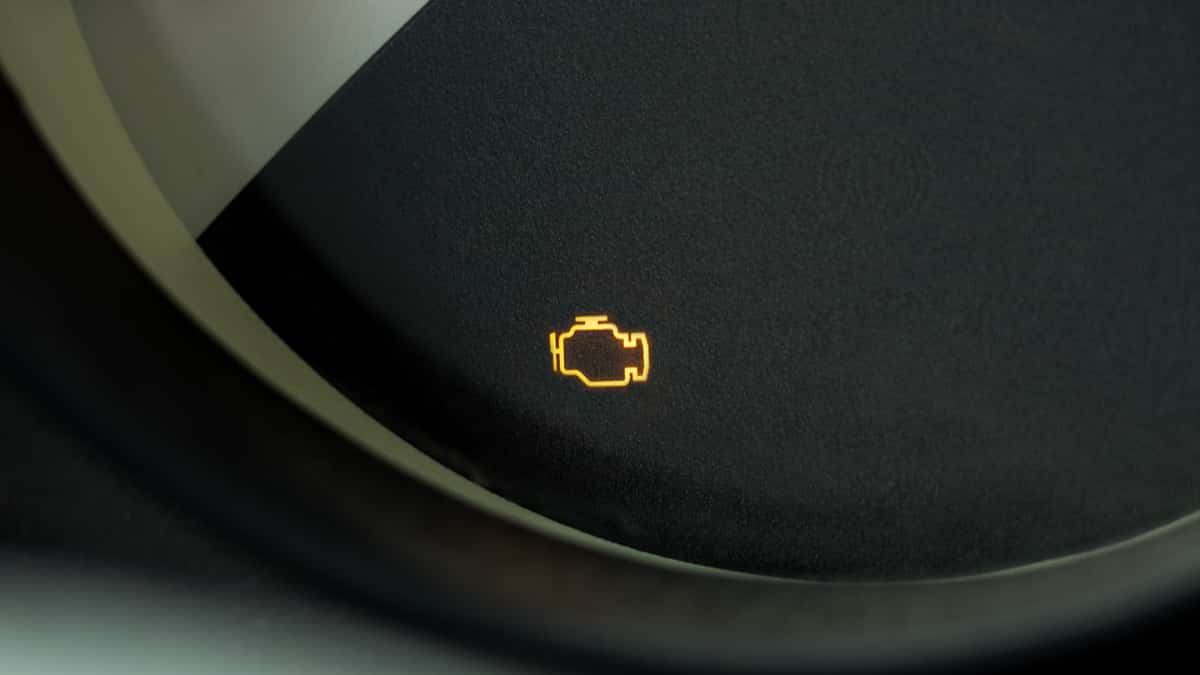Dashboard lights always bring some level of concern with them. The lightning bolt symbol is one that creates confusion and alarm, but what does it mean? If you aren’t familiar with these warnings, you may be at a loss for what to do next.
In this guide, we discuss the meaning behind the lightning bolt message on the dash. We look at what causes this warning and show you how to fix it at. At the end of our article, you will gain some answers to questions you’ve been asking, giving you the peace of mind you deserve.
What Does The Lightning Bolt Symbol Mean?
The lightning bolt is known as the Electronic Throttle Control (ETC) Indicator. This symbol shows a lightning bolt that’s located between parenthesis or reversed brackets. When it comes on, it indicates a problem with the electronic throttle control system.
The electronic throttle control system contains the accelerator pedal, the throttle body and an ETC module. The module reads input from the accelerator pedal and transmits data to the throttle body. For example, if you step on the accelerator, the ETC opens the throttle body in relation to the force applied to the pedal. When the pedal is released, the ETC closes the throttle body.
READ MORE: Electronic Throttle Control (ETC) Light
Yellow vs. Red Lightning Bolt Symbol
Some vehicles have a yellow lightning bolt symbol, while others show a red warning light. What is the difference? Is one more severe than another?
One might think that a yellow or amber-colored lightning bolt symbol indicates a less severe problem versus the red warning, but that’s not the case. The reality is that these two symbols mean the same thing. The only difference is that some manufacturers choose to use yellow, while others installed a red light.
Causes of a Lightning Symbol On Car
When the lightning bolt illuminates on the dashboard, you know there’s a problem with something in the electronic throttle control system. It could be the throttle body, an accelerator pedal position sensor, the throttle position sensor or an issue with the wiring.
1. Faulty or Dirty Throttle Body

When the throttle body gets dirty, it can become stuck. Additionally, if it is damaged, the system reports an ETC fault and the lightning bolt warning comes on.
One of the main reasons for throttle body failure is contamination. As dirt and debris accumulate in the throttle body, the valve no longer functions as it should, leading to a problem with the air supply control.
2. Bad Accelerator Pedal Position Sensor
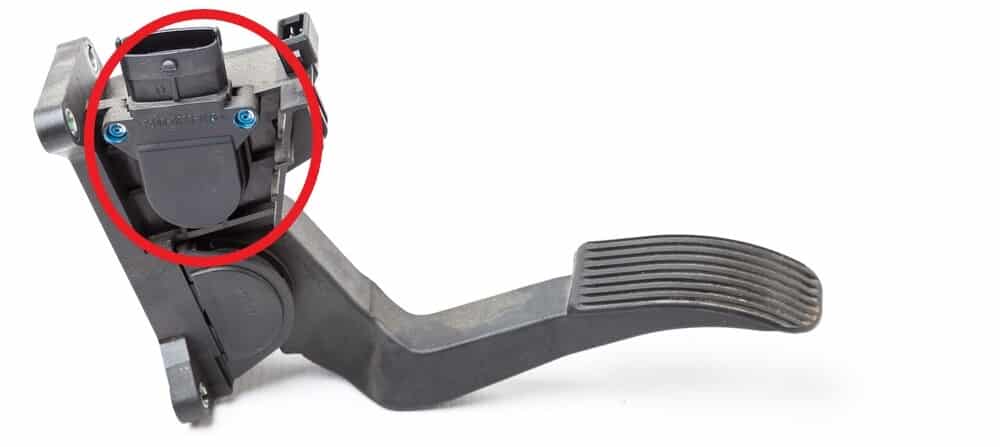
There’s also an accelerator pedal position sensor working alongside the accelerator pedal module. This pedal position sensor relays the position of the pedal to the control module.
The pedal module uses this information to alert the throttle position sensor so the position of the throttle remains correct. If the sensor doesn’t send the right information, the ETC system can’t work as intended.
RELATED: 6 Symptoms Of A Bad Accelerator Pedal Sensor (& Replacement Cost)
3. Bad Throttle Position Sensor
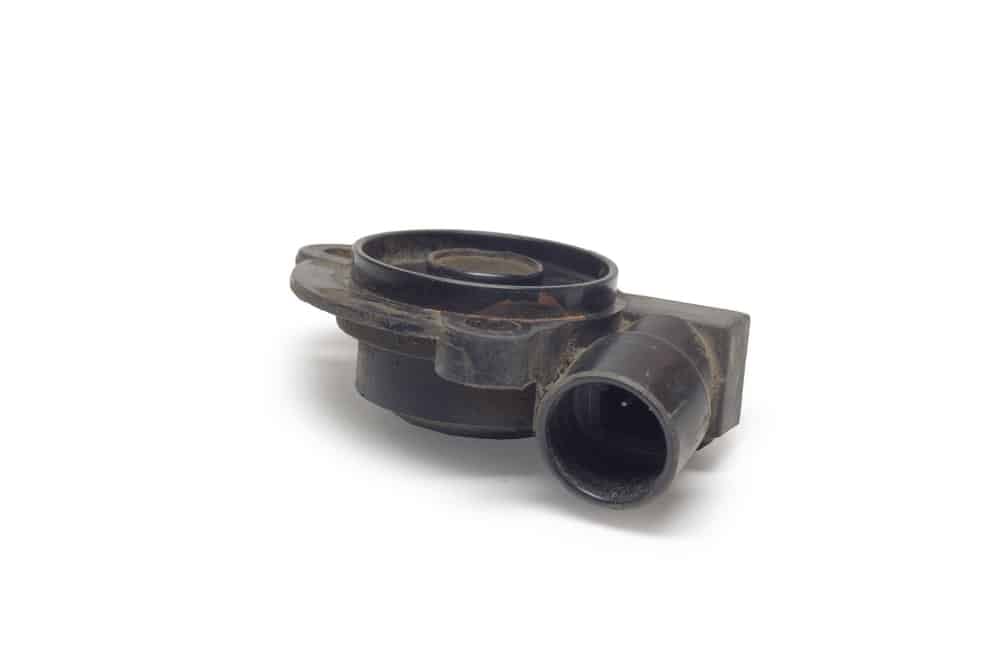
Along with the pedal sensor, there’s also a sensor for the throttle position. The purpose of this sensor is to relay the throttle body’s current position to the computer.
With this information, the computer adjusts the timing and fuel ratios for maximum performance. If the ECU can’t figure out how to time everything, the lightning bolt symbol comes on the dashboard.
RELATED: 5 Symptoms Of A Bad Throttle Position Sensor (& Replacement Cost)
4. Faulty Wirings
The electronic throttle control system contains numerous parts attached together by connectors and wires. If any one of these connections fails, the lightning bolt symbol could show up on the dashboard.
Over time, wires can fray and become worn. The trouble with this problem is determining where the faulty wire is, as there are many to inspect.
How To Fix A Lightning Symbol On Car Dashboard
Working with the throttle control system isn’t always easy. If you aren’t mechanically inclined, you may have trouble with some of these steps. Otherwise, there’s no expensive or elaborate equipment needed to perform most of the procedures.
1. Read Trouble Codes
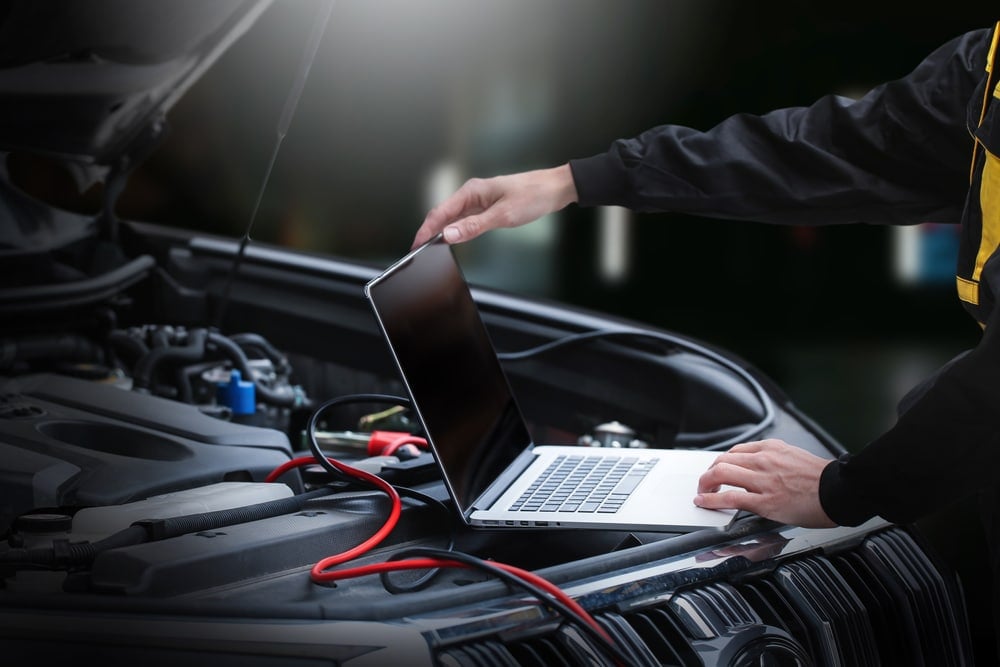
With your professional code scanner, it’s easy to tell what faults are set in the computer. Plug the scanner into the OBD-II port to get the computer codes.
These codes often reveal a letter and number combination, some of which are generic, while others are manufacturer specific. If you aren’t sure what the faults mean, you can look them up in our trouble code library.
If the code scanner reveals too many faults, it’s best to reset the system and try again. You may need to drive the car for a short time until the light comes back on. Now, the codes that are present are just the newest ones, making it easier to diagnose what’s going on.
2. Clean Throttle Body

Perform a visual inspection of the throttle body to see if contamination is causing the problem. If the throttle body is unobstructed, it will open and close with minimal effort. As soon as it is released, it should close automatically.
If this isn’t what you notice, a simple cleaning might be required. Purchase a throttle body cleaner and follow these steps.
- Disconnect the air duct from the throttle body. When you remove vacuum lines or electrical connectors, mark them accordingly for reconnection.
- Rotate the throttle plates. Spray your cleaner on the inside of the throttle body.
- Spray compressed air onto the throttle body to dry all of the solvent. Don’t reinstall the connections until the throttle body is completely dry.
- Reinstall the vacuum lines and connectors.
Once these steps are complete, take the vehicle for a test drive to see if the problem is resolved. If not, you may need to move on to the next steps.
READ MORE: How to Clean a Throttle Body (10 Steps DIY)
3. Calibrate Throttle Body
Depending on what type of car you drive, there are varying procedures for resetting the throttle body. These procedures must often be performed after you replace the throttle body or clean it. Reference the service manual to see what’s needed for your vehicle, or follow these steps.
- Start the engine.
- Allow the vehicle to idle for three minutes.
- Shut the engine off and wait a minute.
- Restart the engine and allow it to run for three minutes.
This may be enough to reset it with most cars. However, some models require you to drive for a short time. If this step is needed, drive at highway speeds for a few minutes. During that time, you want to accelerate and decelerate repeatedly.
Additionally, you may be able to reset the throttle body with an advanced scan tool. You may be able to perform a relearn procedure on the throttle body, so it resets.
4. Inspect Wiring
If none of the previous fixes repaired the situation, you need to inspect the wiring and connectors. This process can take some time as you track every connection from the start to finish.
If you notice any frayed or damaged wiring, you want to replace it. Additionally, bad connections should be repaired, so the system can properly communicate through the sensors.
5. Contact A Professional
If you’ve worked through all of the other steps and can’t seem to figure out what’s going on, it’s best to visit a repair shop at this time. With more sophisticated diagnostic equipment and skilled technicians on-site, you may get a better answer than what you’ve found.
You may have been able to figure out what’s wrong but don’t feel experienced enough to fix it. This is another appropriate time to visit a repair shop in your area.
Can you drive with the lightning bolt symbol on?
You could still drive, but we don’t advise it. While the car may still run, the idle and acceleration can be affected. This not only poses a safety issue on the road but can also lead to engine damage if it’s not repaired promptly.
How much does it cost to fix a lightning bolt symbol?
It depends on what’s causing the problem. If you only need to clean the throttle body, your supplies shouldn’t cost more than $25. However, if a sensor or wiring needs to be replaced, the cost could easily add up to several hundred dollars.
Can you drive with throttle body problems?
The car will usually still run, but not well. You will notice performance issues that can lead to a rough idle or unexpected acceleration. For this reason, it’s not advisable to drive when there’s a problem with the throttle body or one of the sensors.
How do you calibrate the throttle body?
Depending on the vehicle model, you may be able to recalibrate it with an advanced scan tool. Otherwise, starting the engine and letting it idle often does the trick. You may also need to run the car at highway speeds for a short time. Check the service manual for more information.
As with any warning light, it’s important to pay attention when the lightning bolt symbol appears on the dashboard of your car. It’s trying to tell you that there’s a problem with the electronic throttle control system. If left unchecked, you could face serious on-road performance issues that put you in jeopardy. It can also lead to engine damage, causing even higher repair bills.
If you want your vehicle to continue working for you, it’s important to take prompt action whenever there’s a problem. At the first sign of the lightning bolt symbol, inspect the throttle body system and repair what is broken. Your vehicle will thank you for it.
Categories: Troubleshooting, Warning Lights
